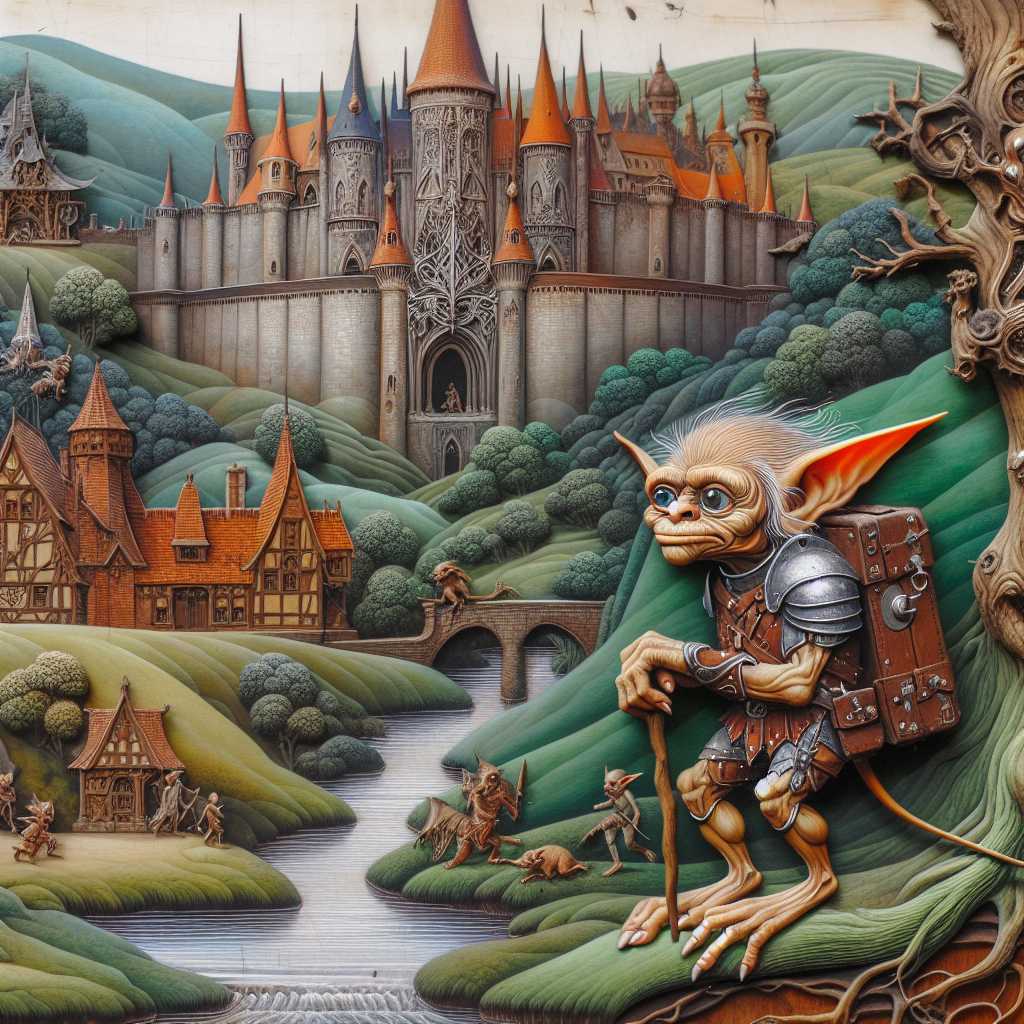The Enigmatic Creatures of Mythology: Goblins
Goblins have long been a fixture of folklore and myth, captivating the imaginings of cultures worldwide with their mischievous and sometimes malevolent antics. Their appearances in tales and stories span centuries, morphing to fit the narrative needs of various societies. This article explores the origins, characteristics, and cultural representations of goblins across different media, measuring their impact on modern fantasy genres and popular culture.
Origins and Mythological Roots of Goblins
The concept of goblins draws from a wide array of historical sources, reflecting an evolution that commingles folklore, religious teachings, and societal fears. Goblin-like creatures can be found in the myths of numerous cultures, albeit under different names and with various attributes.
For example, in European folklore, goblins have been often portrayed as small, grotesque beings that are inherently tricky or evil. They are commonly associated with the malicious sprites of English folklore, Germanic dwarves, or the Roman concept of a domestic, household spirit known as a “lar” or “genius.” Their nature ranges from mischievous nuisances to dangerous entities, depending on the story’s needs and cultural perspectives at the time.
Physical Characteristics and Behavior Patterns of Goblins
Historical descriptions of goblins vary widely, reflecting the diverse traditions from which they stem. Commonly depicted as small statured and humanoid in form, goblins are also frequently characterized by their wrinkled skin, often green or gray in coloration, pointed ears, and sharp teeth.
Behaviorally, goblins are known for their mischievous or sometimes malevolent nature. They are often portrayed as tricksters who enjoy causing trouble for humans. Some stories depict them as thieves or hoarders of treasure and valuables, aligning them with similar mythological creatures like kobolds or leprechauns that have an affection for shiny objects.
Goblins in Literature
Literary works have carried the mythos of goblins into modern times, expanding and reshaping their lore. One of the most famous literary references to goblins can be found in J.R.R. Tolkien’s epic high fantasy works such as “The Hobbit,” where they serve as antagonists in Middle-earth. In Tolkien’s telling, they are more warlike than traditional folklore suggested and play a pivotal role in the plot’s development.
Other literary pieces like Christina Rossetti’s poem “Goblin Market” utilize goblins for metaphorical purposes, suggesting moral lessons through their interactions with humans. The proliferation of printed works mentioning goblins indicates their entrenched status within our storied imagination.
The Portrayal of Goblins in Film and Television
On screens large and small, goblins have become regulars in the fantasy genre, creatively adapted by filmmakers to suit diverse narrative requirements. Notable cinematic portrayals include the goblin characters in movies like “Labyrinth,” where the creatures add both danger and dark whimsy to the storyline.
Television takes these creatures beyond mere support casts often satirizing them or even redeploying them as protagonists or sympathetic figures. Again reflecting the flexibility with which these mythical beings can be woven into modern storytelling fabric.
Goblin-Inspired Games and Interactive Entertainment
Video games offer another avenue through which goblin lore explores new narratives. Fantasy video games often include goblin-type characters or races, fostering interactive experiences entrenched within established mythologies but with fresh spins as game designers imprint their own imaginations onto the ancient canvas. Whether users are fighting off hordes of gnome-like baddies or engaging with complex character-driven storylines featuring goblin allies, these virtual realms continue to revitalize ancient myths.
Modern Cultural Impact of Goblins
In popular culture, goblins reflect more than just fantasy; they’ve become symbols that encapsulate human sentiments regarding outsiders and “the other.” The concept challenges our thoughts on morality and offers a creative avenue to address societal issues through allegory on stage fronts ranging from Halloween costumes to metaphor-rich literary devices.
Additionally, the presence of goblin-themed merchandise highlights both nostalgia for timeless folk tales and a continuing appetite for fantastic elements that provoke wonderment and cautionary tales laced with dark humor.
